The Hubble Space Telescope Captured This Picture Of The Wispy Remains Of A Supernova Explosion. The Dust

The Hubble Space Telescope captured this picture of the wispy remains of a supernova explosion. The dust cloud in the upper center of the picture is the actual supernova remnant. The dense concentration of stars in the lower left is the outskirts of star cluster NGC 1850. Full resolution picture here. More info here. Credit: NASA, ESA, Y.-H. Chu (Academia Sinica, Taipei)
More Posts from Ronalddmartaa and Others

Rebel Fleet on approach, weapon systems activated
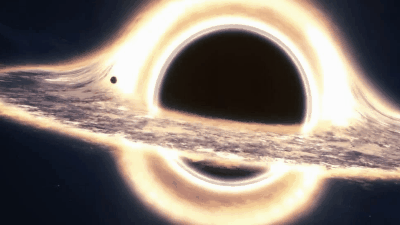
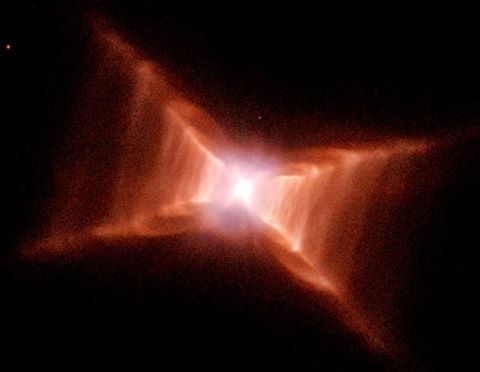
The Red Rectangle Nebula Image credit: NASA/JPL/ESA

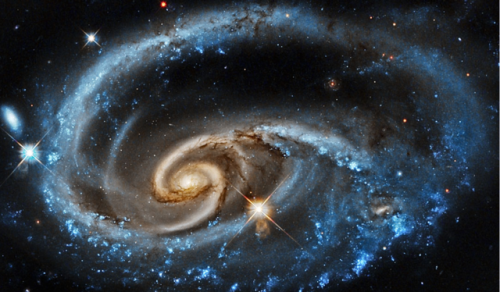
UGC 1810, Wildly Interacting Galaxy from Hubble
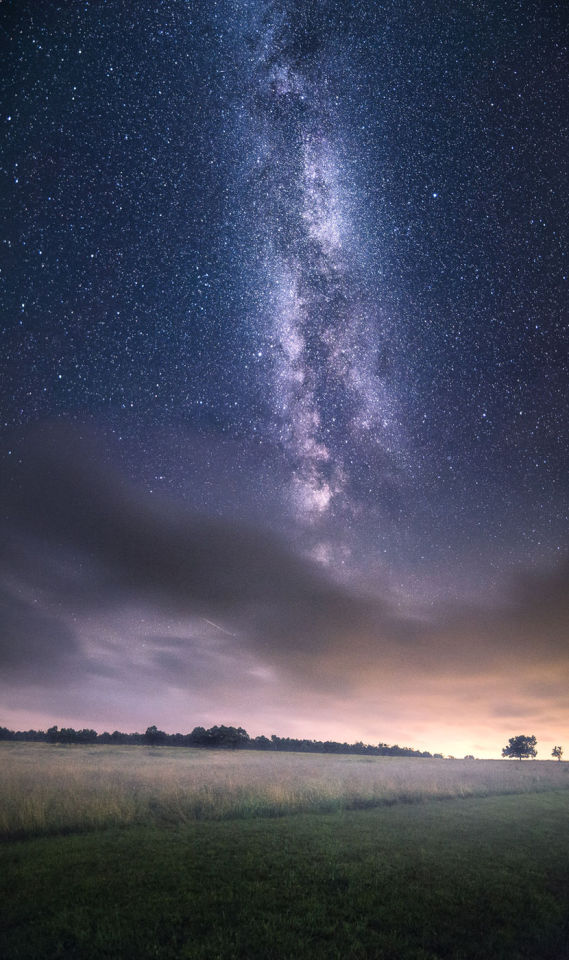
Look up and get lost.

Breathtaking views just keep coming! At a distance of 63,400 miles above the cloud tops of Jupiter’s South Pole, the Juno spacecraft reveals incredibly detailed views of the planet’s powerful cyclones and storms.
(Image credit: NASA / MSSS / SwRI / JPL / Caltech. Reprocessing Roman Tkachenko)
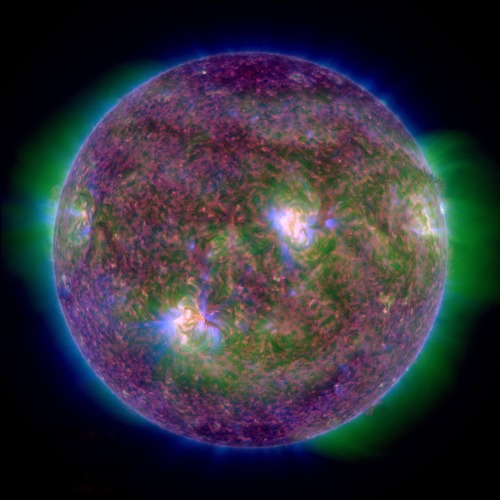
The Sun, as of October 8, 2016.
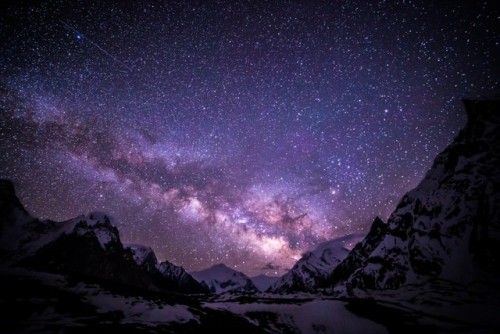
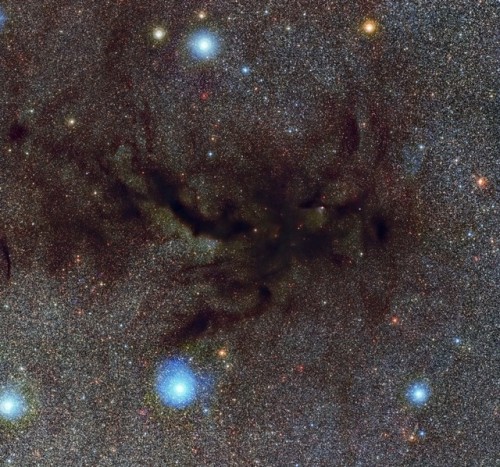
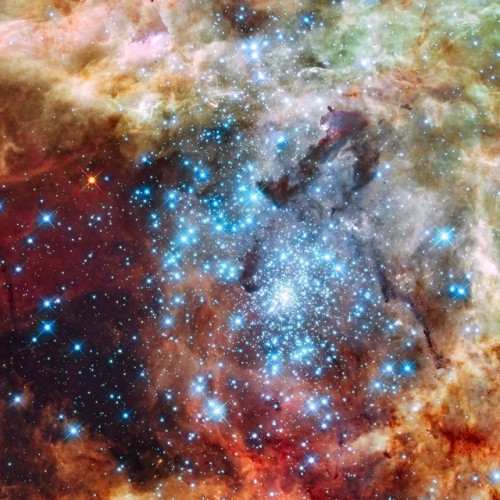
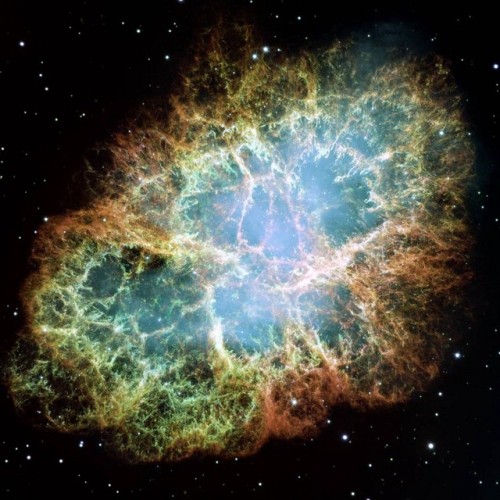
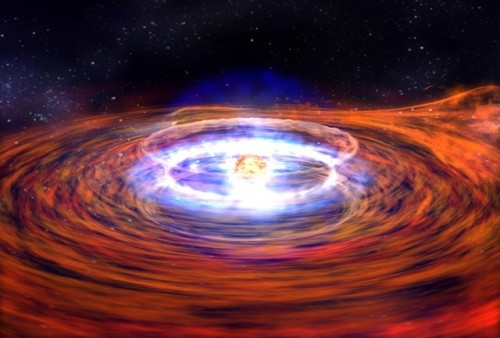
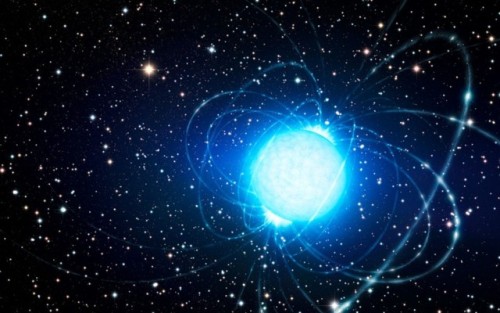
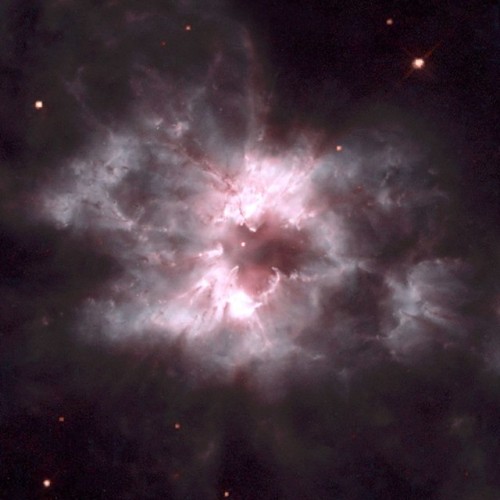

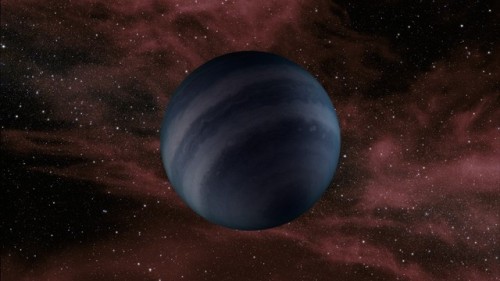
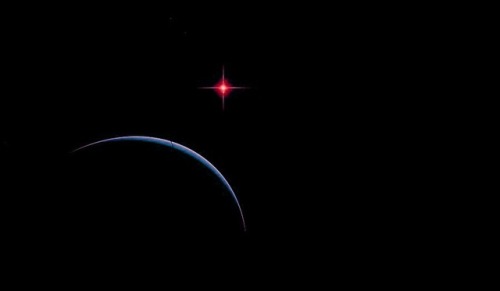
When Will The First Star Go Dark?
“I’m sorry to disappoint you, but there aren’t any black dwarfs around today. The Universe is simply far too young for it. In fact, the coolest white dwarfs have, to the best of our estimates, lost less than 0.2% of their total heat since the very first ones were created in this Universe. For a white dwarf created at 20,000 K, that means its temperature is still at least 19,960 K, telling us we’ve got a terribly long way to go, if we’re waiting for a true dark star.”
Stars live for a variety of ages, from just a million or two years for some to tens of trillions of years for others. But even after a star has run out of its fuel and died, its stellar corpse continues to shine on. Neutron stars and white dwarfs are both extremely massive, but very small in volume compared to a star. As a result, they cool very slowly, so slow that a single one has not yet gone dark in all the Universe. So how long will it take, and who will get there first: neutron stars or white dwarfs? Believe it or not, there’s still enough uncertainty about how neutron stars cool, mostly due to uncertainties in neutrino physics, that we think we know the answer to be white dwarfs – and 10^14 or 10^15 years – but we’re not entirely sure!
Come find out what we know about finding the first truly dark star in the Universe today.
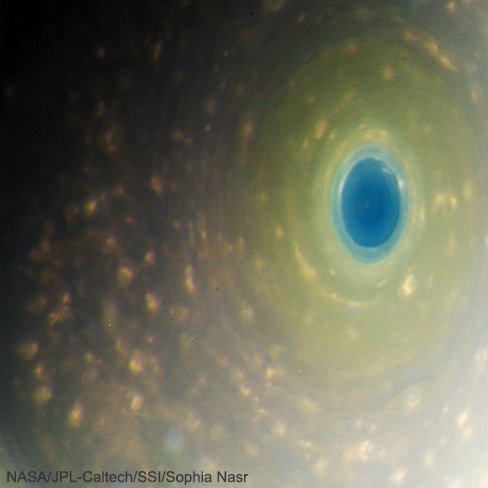
Saturn’s Blue Vortex
As Cassini nears the end of its mission, the spacecraft continues to beam back the most astounding images. Last week as it dove between Saturn and its rings, Cassini captured this stunning view of the planet’s beautiful blue vortex. The vortex is an 1,800 mile wide circular storm spinning around Saturn’s pole. Originally captured in black and white, this is the storm in natural color using filters. That vibrant blue is what you’d actually see due to scattering of sunlight, similar Earth’s sky.
(Image credit: NASA/JPL-Caltech/Space Science Institute/Sophia Nasr)
-
 lies-of-our-lives reblogged this · 2 years ago
lies-of-our-lives reblogged this · 2 years ago -
 lies-of-our-lives liked this · 2 years ago
lies-of-our-lives liked this · 2 years ago -
 tainbow07 liked this · 5 years ago
tainbow07 liked this · 5 years ago -
 theinconstantmoon reblogged this · 6 years ago
theinconstantmoon reblogged this · 6 years ago -
 orbeliosis liked this · 6 years ago
orbeliosis liked this · 6 years ago -
 not-a-bit-tamed reblogged this · 6 years ago
not-a-bit-tamed reblogged this · 6 years ago -
 not-a-bit-tamed liked this · 6 years ago
not-a-bit-tamed liked this · 6 years ago -
 bxrnadxttx liked this · 6 years ago
bxrnadxttx liked this · 6 years ago -
 star-stuff-in-the-cosmos reblogged this · 6 years ago
star-stuff-in-the-cosmos reblogged this · 6 years ago -
 bluejaywvy liked this · 6 years ago
bluejaywvy liked this · 6 years ago -
 cityscapeskeletons liked this · 6 years ago
cityscapeskeletons liked this · 6 years ago -
 modernvalkyrie reblogged this · 6 years ago
modernvalkyrie reblogged this · 6 years ago -
 x--monpechemignon reblogged this · 6 years ago
x--monpechemignon reblogged this · 6 years ago -
 imgayandexhausted liked this · 6 years ago
imgayandexhausted liked this · 6 years ago -
 ushijimbo reblogged this · 6 years ago
ushijimbo reblogged this · 6 years ago -
 youroptimisticblackhole reblogged this · 6 years ago
youroptimisticblackhole reblogged this · 6 years ago -
 w0jt liked this · 6 years ago
w0jt liked this · 6 years ago -
 th0ca liked this · 6 years ago
th0ca liked this · 6 years ago -
 subtle-chaos liked this · 6 years ago
subtle-chaos liked this · 6 years ago -
 subtle-chaos reblogged this · 6 years ago
subtle-chaos reblogged this · 6 years ago -
 valdinhx liked this · 6 years ago
valdinhx liked this · 6 years ago -
 redhousehead reblogged this · 6 years ago
redhousehead reblogged this · 6 years ago -
 redhousehead liked this · 6 years ago
redhousehead liked this · 6 years ago -
 youfinexx reblogged this · 6 years ago
youfinexx reblogged this · 6 years ago -
 coletassoft reblogged this · 6 years ago
coletassoft reblogged this · 6 years ago -
 rauchendym liked this · 6 years ago
rauchendym liked this · 6 years ago -
 dropthedaggers liked this · 6 years ago
dropthedaggers liked this · 6 years ago -
 i-kin-these-bitches liked this · 6 years ago
i-kin-these-bitches liked this · 6 years ago -
 ignition07 liked this · 6 years ago
ignition07 liked this · 6 years ago -
 life-is-a-jokesstuff liked this · 6 years ago
life-is-a-jokesstuff liked this · 6 years ago -
 jplca liked this · 6 years ago
jplca liked this · 6 years ago -
 rrrrrrmmmmmmlllll liked this · 6 years ago
rrrrrrmmmmmmlllll liked this · 6 years ago -
 lilyblack31 liked this · 6 years ago
lilyblack31 liked this · 6 years ago -
 paranoid4prof3t liked this · 6 years ago
paranoid4prof3t liked this · 6 years ago -
 sevenvik liked this · 6 years ago
sevenvik liked this · 6 years ago -
 panda-poes reblogged this · 6 years ago
panda-poes reblogged this · 6 years ago -
 anonymousastronomer liked this · 6 years ago
anonymousastronomer liked this · 6 years ago -
 raccoon-wizard liked this · 6 years ago
raccoon-wizard liked this · 6 years ago -
 galileostelescope liked this · 6 years ago
galileostelescope liked this · 6 years ago -
 rain7nites liked this · 6 years ago
rain7nites liked this · 6 years ago -
 faithless34-blog liked this · 6 years ago
faithless34-blog liked this · 6 years ago -
 talldrinkawater66 reblogged this · 6 years ago
talldrinkawater66 reblogged this · 6 years ago -
 navarroartandimage liked this · 6 years ago
navarroartandimage liked this · 6 years ago -
 governor--megatron reblogged this · 6 years ago
governor--megatron reblogged this · 6 years ago